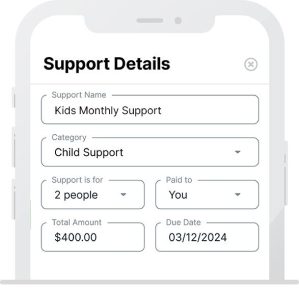It’s a staggering figure that often flies under the radar: American businesses are facing an annual loss of up to $34 billion, all due to employees stepping into the role of caregivers for their older loved ones. This hidden cost is not just a number; it’s a reflection of the growing challenge that caregiving presents in the workplace.
The Caregiving Conundrum
As more employees become primary caregivers for relatives aged 50 and over, the ripple effects are felt across the board. These dedicated individuals, balancing their professional responsibilities with caregiving duties, often face significant stress, potential job instability, and financial strain. This dual burden impacts both the caregiver’s well-being and businesses’ bottom lines.
Unpacking the $34 Billion Loss
But where does this $34 billion figure come from? It encompasses a range of factors, including decreased productivity, increased absenteeism, and higher healthcare costs for stressed employees. Caregivers may need to adjust their work hours, take unpaid leave, or even resign to manage their caregiving responsibilities. Each of these actions has a direct financial impact on businesses, from the cost of replacing employees to the Loss of experienced workers.
The Need for Supportive Workplaces
This situation highlights the critical need for businesses to adopt more caregiver-friendly policies. Flexible work schedules, remote work options, and supportive resources can make a significant difference for employees juggling caregiving and work. Not only can these measures help reduce the financial losses for businesses, but they also foster a more supportive, loyal, and productive workforce.
A Call to Action for Businesses
American businesses have a vital role to play in addressing the challenges faced by employee caregivers. By recognizing the value of these employees and implementing supportive policies, companies can mitigate financial losses and contribute to a more positive work-life balance. It’s not just about the financial implications; it’s about valuing and supporting the workforce in all aspects of their lives.
The Role of Financial Caregiving
Financial caregiving is another layer of the challenge. Many caregivers manage their loved ones’ finances, adding another level of responsibility to their plate. Employers can support these individuals by providing access to financial planning services and resources, helping to ease the burden and stress associated with financial caregiving.
In Conclusion
The hidden cost of caregiving is a multifaceted issue that demands attention and action. American businesses, by supporting their employee caregivers, can turn the tide on the $34 billion lost annually. It’s a call to action for companies to innovate, support, and recognize the vital role caregivers play in both their families and the workplace.
Caregivers are invaluable members of our communities and our businesses. It’s time for a collective effort to support them, ensuring they don’t have to choose between caring for their loved ones and their professional aspirations. Let’s work together to create workplaces that understand, support, and empower the caregivers in all of us.









